Aseptic Pseudoarthrosis of the Distal Femur: Masquelet Technique and Retrograde Nailing
Score and Comment on this Case
Clinical Details
Clinical and radiological findings: The patient presented with aseptic pseudoarthrosis of the distal femur. Initial clinical examination revealed a non-union at the distal femur, with no signs of infection. Radiological assessment confirmed the presence of pseudoarthrosis, characterized by a lack of bone healing at the fracture site. There was no evidence of soft tissue compromise or neurovascular deficit.
Preoperative Plan
Planning remarks: The preoperative plan involved a two-stage surgical approach using the Masquelet technique. The first stage included radical debridement of non-viable bone tissue and stabilization with a retrograde femoral nail. A medial bone substitute was planned to be used in conjunction with a turbo membrane to facilitate the formation of a biological chamber for subsequent grafting.
Surgical Discussion
Patient positioning: The patient was positioned supine on the operating table, with the affected limb prepared for a retrograde intramedullary nailing procedure.
Anatomical surgical approach: A longitudinal incision was made over the distal femur, followed by careful dissection to expose the pseudoarthrosis site. Radical debridement was performed to remove all non-viable bone tissue. A retrograde femoral nail was inserted through the intercondylar notch, and a medial bone substitute was placed. A turbo membrane was applied to initiate the first stage of the Masquelet technique.
Operative remarks:The surgeon noted that the debridement was extensive due to significant non-viable bone tissue. The retrograde nail provided adequate stabilization, and the application of the turbo membrane was achieved without complications. The surgeon emphasized the importance of meticulous debridement to prevent recurrence of pseudoarthrosis.
Postoperative protocol: Postoperatively, the patient commenced walking training with partial weight-bearing as tolerated, focusing on muscle mass gain to support rehabilitation.
Follow up: Not specified.
Orthopaedic implants used: Retrograde femoral nail, medial bone substitute, turbo membrane, medial plate, lateral titanium mesh.
Search for Related Literature

Jhon Perez Casado
- Colombia , Cali - Valle del Cauca
- Area of Specialty - Lower Limb
- Position - Specialist Consultant

Industry Sponsership
contact us for advertising opportunities
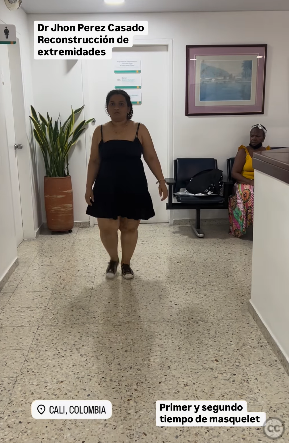
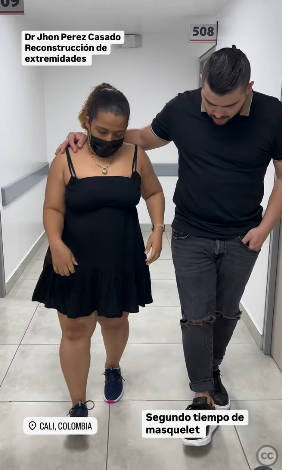
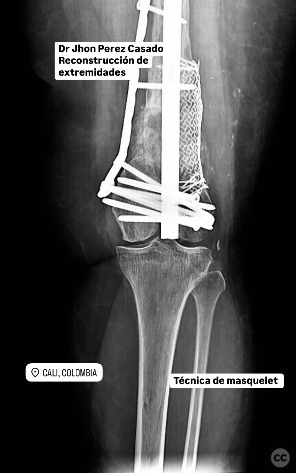
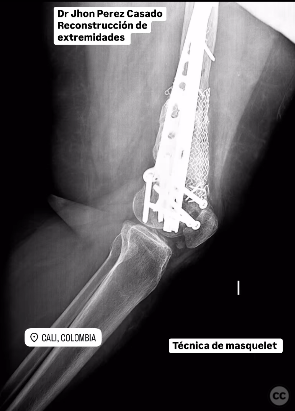
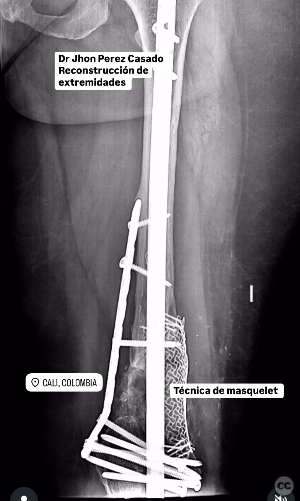
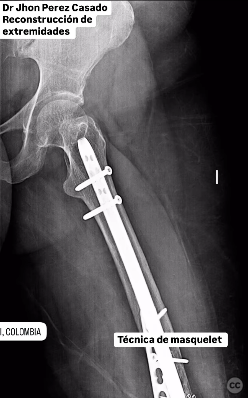
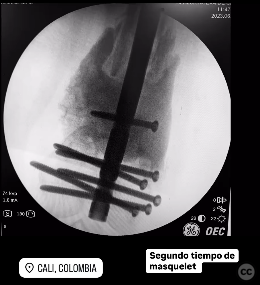
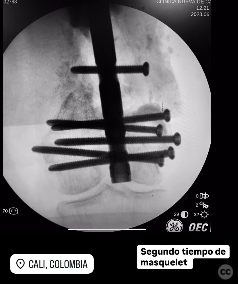
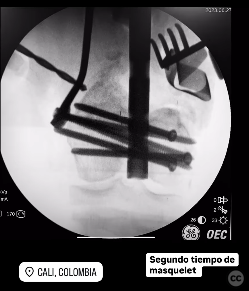
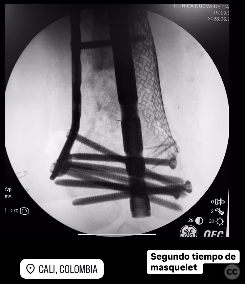
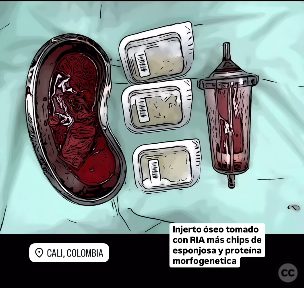
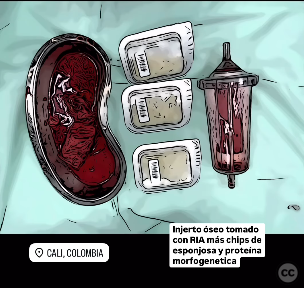
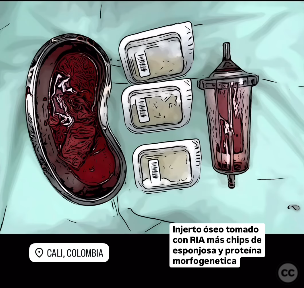
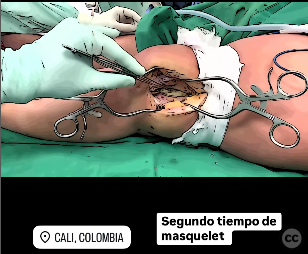
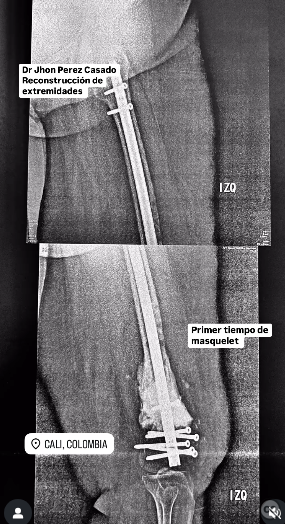
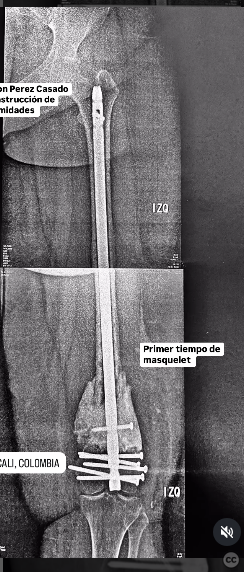
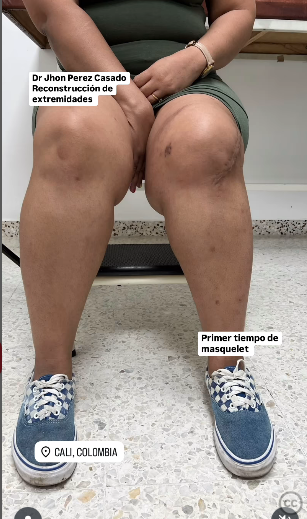
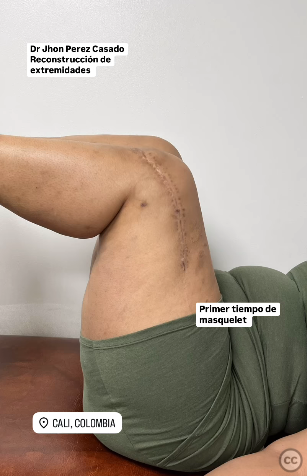
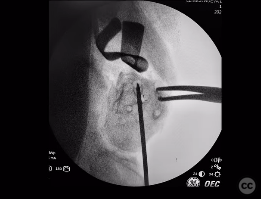
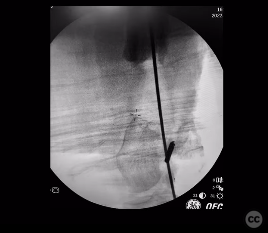
Article viewed 142 times
24 Jul 2025
Add to Bookmarks
Full Citation
Cite this article:
Perez Casado, J.J.. (2025). Aseptic Pseudoarthrosis of the Distal Femur: Masquelet Technique and Retrograde Nailing. Journal of Orthopaedic Surgery and Traumatology. Case Report 31105211 Published Online Jul 24 2025.